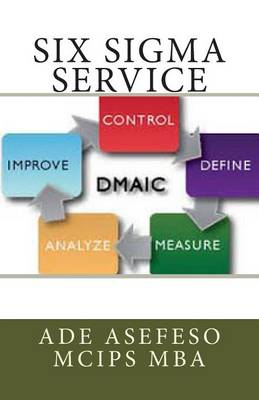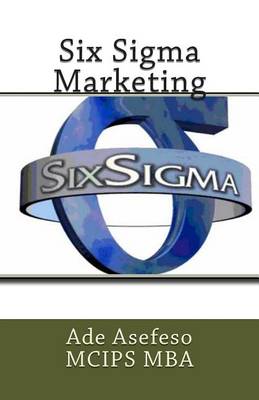Six SIGMA
1 primary work • 4 total works
Book 1
Six Sigma goes in to the details of improving customer service, generating business expansion and gaining knowledge about the service sectors business processes. Most service industries revolve around areas of finance, human resources and sales and marketing. Hence, Six Sigma delves deeply into the subject of soft skills. Six Sigma can be applied to a company that provides housekeeping services. Firstly, the companies working processes would need to be understood. Using the DMIAC method or the define-measure-improve-analyze-control method, Six Sigma can definitely implement quality in any industry. As the main aim of this methodology is to reduce defects, the first step would be detecting the particular defect. Secondly, data will be collected to observe how, why and how often these defects occur. Next, the Six Sigma team implements an outstanding employees method of working as the normal method for all employees. Finally, new employees are taught the correct techniques.
Six Sigma Healthcare is a quality improvement methodology that also improves patient and stakeholder satisfaction. Six Sigma Healthcare delivery means helping improve patient outcomes while driving down the cost of patient care. Doing so empowers healthcare providers to become more productive. Now, more than ever, the healthcare industry needs to embrace the economic value proposition of improving productivity. Healthcare sector can learn a good deal from industries that are working toward the Six Sigma goal. Let's try it in healthcare and see how close we can get.
This book focuses on the new frontier of applying the Six Sigma discipline to an integrated, enterprise-wide strategy to create measurable capabilities in sustaining top-line growth. This book can be read on two different levels. First, it introduces marketing managers and executives to Six Sigma (at a high level) and suggests a unique approach to applying its concepts to marketing. Second, for those familiar with Six Sigma, this book suggests a unique, flexible combination of tools and techniques tailored for marketing. Regardless of which audience you may find yourself in, we trust that this book contains new thinking and practical recommendations that will yield success. Six Sigma has been successfully applied to engineering and manufacturing. Adding more "science" to the "art" of marketing offers a number of benefits, including project selections aligned with attractive market opportunities, a faster and more accurate product commercialization process, and better cross-functional communication.



